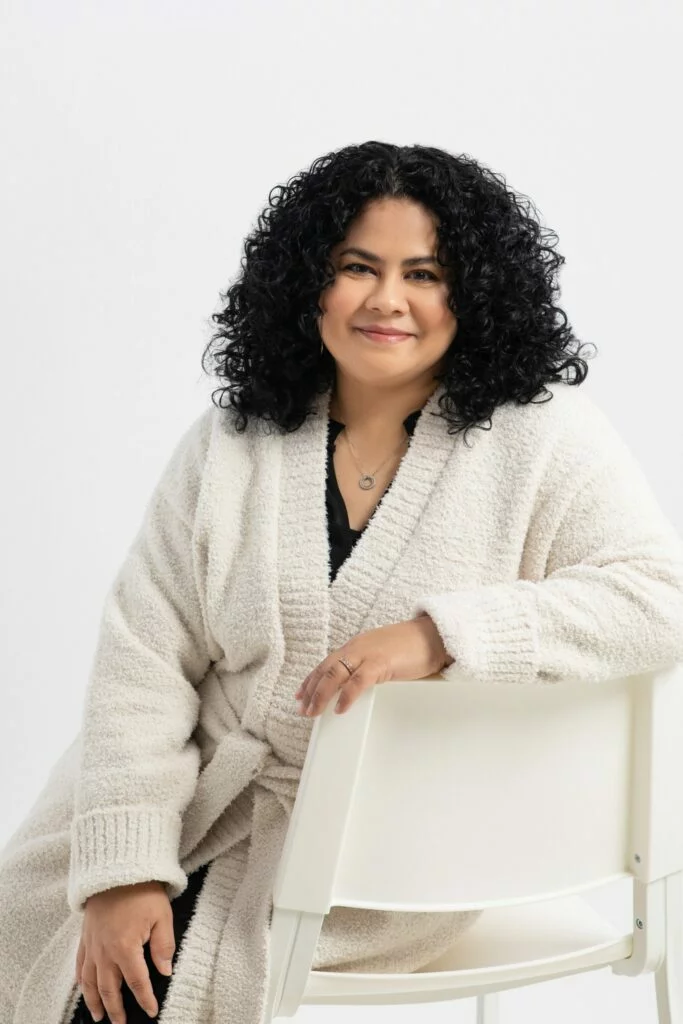July is Fibroids Awareness Month, and if you need a reason to care, consider these statistics:
Fibroids are the leading cause of hysterectomies in the United States.
It’s estimated that 70-80 percent of American women will develop these benign tumors by the age of 50.
Fibroids have a disproportionate effect on African-American women, who are two to three times as likely to develop the disease than their white counterparts.
Most American women will develop fibroids at some point in their lives, yet most have never heard about fibroids. Here’s what to know:
What are fibroids?
Uterine fibroids are noncancerous growths that develop in the uterus. It’s unknown exactly what causes fibroids, but it’s believed that hormonal, genetic, and environmental factors play a role in their growth. Fibroids can grow underneath the lining of the uterus, in between the muscles of the uterus, or on the outside of the uterus. Most of the time fibroids grow in women of childbearing age, such as their 30s and 40s.
What are their symptoms?
Not all fibroids are symptomatic, and only a subset of women will develop symptoms requiring treatment. However, fibroid symptoms can significantly impact a woman’s quality of life. These include:
- Heavy, prolonged or painful periods with or without clotting
- Moderate to severe menstrual cramps
- Irregular monthly bleeding or spotting between periods, unpredictable menstrual cycles
- Pain during sex and loss of libido
- Pelvic pressure; distended and bloated abdomen
- Pain in the lower back and back of legs
- Anemia (low blood count) which can lead to a lack of energy and fatigue
- Weak bladder control, frequent urination because of bladder pressure
- Constipation
- Infertility
Close to 33 percent of women with fibroids say they’ve missed work because of symptoms. 24 percent of working women say fibroid symptoms kept them from reaching their career potential. Black women, who are disproportionately affected, are significantly more likely to have severe or very severe symptoms.
How are fibroids treated?
Studies that indicate that women are largely unaware they have other, less invasive options than a hysterectomy – surgical removal of the uterus – to treat their fibroids. Perhaps that’s why women wait three years on average before seeking fibroid treatment, despite debilitating symptoms.
According to a 2017 survey commissioned by the Society of Interventional Radiology, 20 percent of women believe hysterectomy is the only treatment for uterine fibroids. A study published in a 2014 issue of the American Journal of Obstetrics and Gynecology found that women are not being offered alternative treatments or options to hysterectomies to treat benign conditions, such as fibroids.
As a result? Nearly 1 In 5 women who have a hysterectomy may not need it.
In reality, advances in the way fibroids are treated mean that women no longer have to trade their uterus – and fertility – for relief from fibroid symptoms. Alternative treatments include:
- Uterine fibroid embolization
- Myomectomy
- Uterine fibroid ultrasound
- Hormone treatment
How can women advocate for themselves during #FibroidsAwarenessMonth?
Fibroids are common. African American Women are especially susceptible to the disease, but any woman can be affected. Listen to your body regularly and pay attention to your uterine and pelvic health. Visit your OB/GYN annually and speak up if you’re noticing symptoms. If your doctor isn’t concerned but you are, seek a second opinion – 41 percent of women see two or more health care providers before getting a diagnosis.
Don’t settle for a hysterectomy if it’s not what you want. Do your own research and try to connect with other women who have similar clinical issues. You have more options than you may think, and your fibroids can likely be treated without surgery. For more tips on making an informed treatment decision, read our ebook which has information, advice, and questions that you can ask your doctor.



